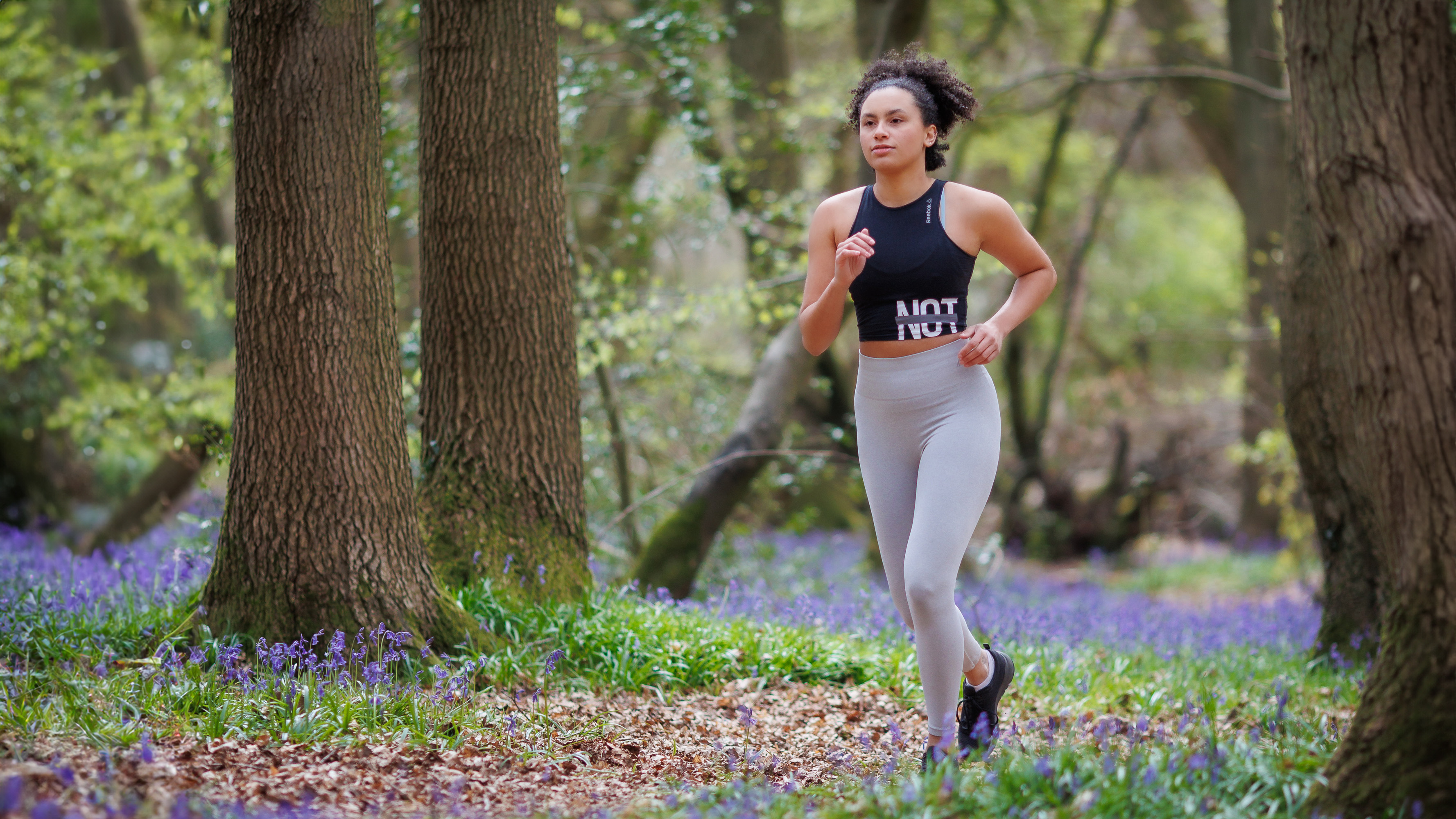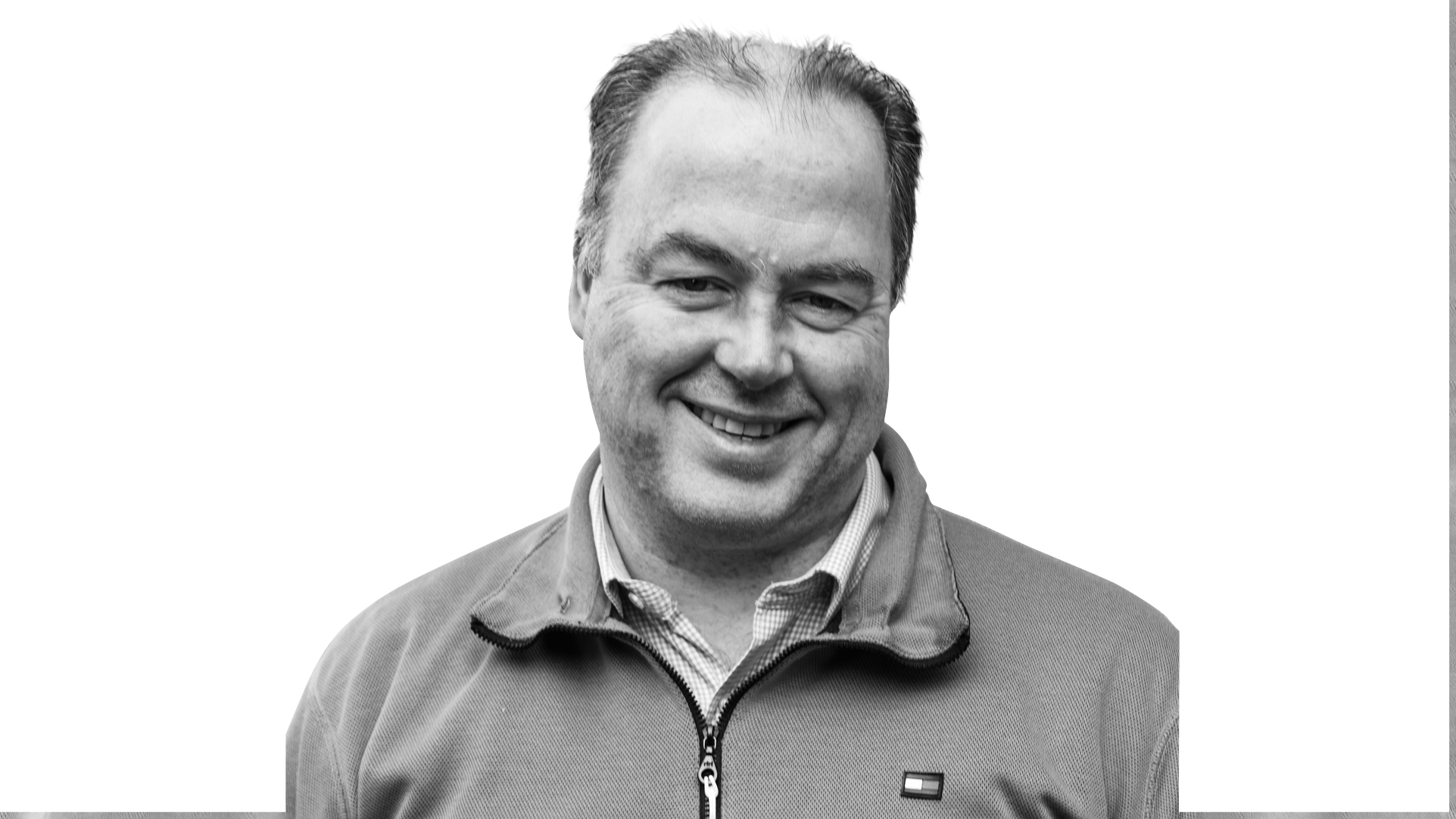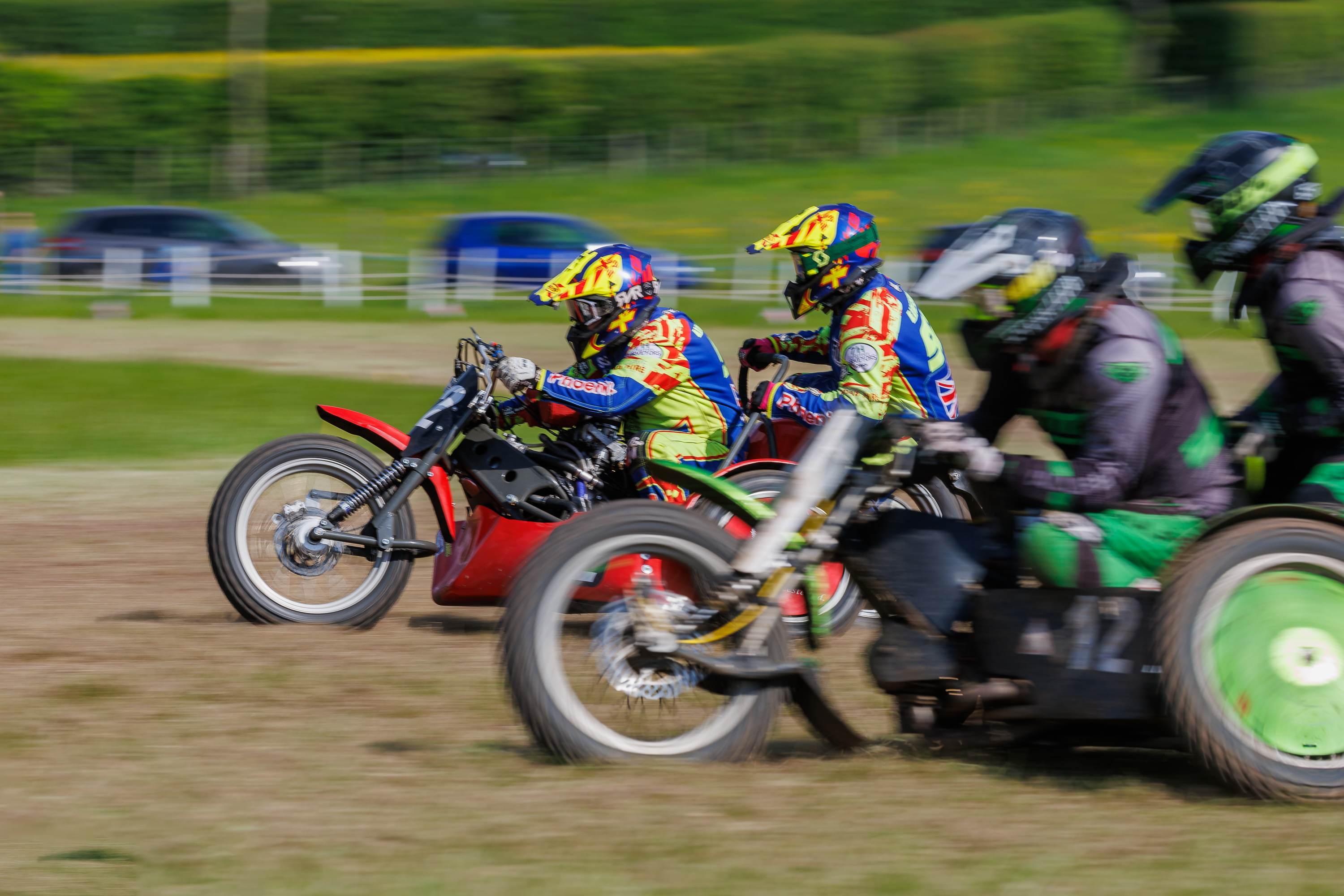
The range of AF methods on the modern EOS camera means that I’m often asked which is the correct method to choose. There’s no simple answer, apart from “It depends!” That dependency is a function of the subject being photographed and the photographer’s own skills. With Canon’s mirrorless cameras offering as many as eight different AF systems, the choice is wider than ever before.
Even within the mirrorless models, the AF systems work in slightly different ways. The EOS R5 and R6 can only detect and track People, Animals or Vehicles in Zone and Face + Tracking methods, and Eye Detection only with Face + Tracking. Later models can identify the subject focus and track it around the frame.
This would be simpler if all photographers had the same skills, but that’s not the case. Seasoned professionals utilise their detailed subject knowledge to predict what the subject is likely to do and be ready for it, while others just react once the action happens.

Brian is a freelance photographer and photo tutor, based in Oxfordshire. He has unrivaled EOS DSLR knowledge, after working for Canon for over 15 years, and is on hand to answer all the EOS and photographic queries in Canon-centric magazine PhotoPlus.
For static subjects, such as architecture, landscapes and still-life, a single, well-placed AF point with One-Shot AF is a good approach. I suggest composing the frame first, then putting the AF point where it needs to be. For any subject that is moving – like people, animals, sports or vehicles – Servo AF is the best option, and many photographers find subject detection AF is a big help.
The key decision is: do you need to direct the camera to a specific part of the frame to find the subject, or not? For portraits with only one person, let the camera find the face and eye for you, and concentrate on composition. When there are multiple subjects, or other elements around the subject, direct the camera where to start looking for the subject.
In current EOS R cameras, using a single AF point or a square AF zone is a great way to direct the camera to the intended subject. For example, you want to follow the player with the ball, not those tackling them. Once the camera has found the subject you identify, it will track it for you, even outside of the initial area.

If this article was of interest you might also like to find out more about the best Canon cameras, along with the best Canon DSLR lenses or best Canon RF lenses for mirrorless bodies.







